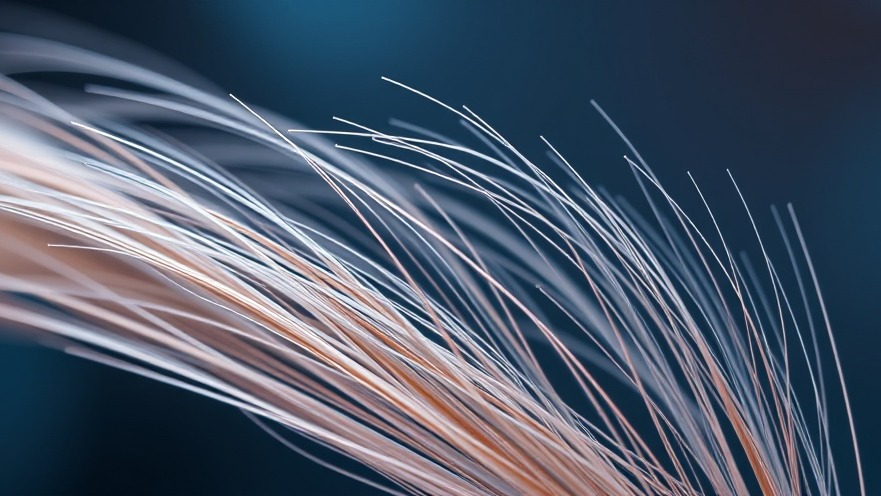
Revolutionizing ALS Diagnosis: The Role of Hair Strands
Researchers at the Icahn School of Medicine at Mount Sinai have unveiled an innovative breakthrough in diagnosing amyotrophic lateral sclerosis (ALS)—a condition known for its devastating impact and complex diagnosis. The striking revelation is that a simple single strand of hair can potentially serve as a biomarker for ALS, distinguishing individuals with the disease from healthy subjects. As reported in eBioMedicine, this cutting-edge approach could reshape the diagnostic landscape for ALS, enabling healthcare practitioners to identify the disease faster and less invasively.
The ALS Diagnosis Dilemma
The journey to an ALS diagnosis typically spans between 10 and 16 months after onset of symptoms, significantly impacting a patient's quality of life. Current methods, which rely heavily on fluid samples or imaging, present challenges due to their invasive nature and high costs. On average, ALS patients have a survival rate of three years post-diagnosis, highlighting the urgency for timely identification and intervention.
How Hair Analysis Works
This groundbreaking study utilized laser ablation-inductively coupled plasma-mass spectrometry to analyze hair strands from 391 participants—295 diagnosed with ALS and 96 healthy controls. By examining up to 800 time points across each hair sample, researchers measured 17 key elements over time, including critical minerals like copper and zinc.
The analysis revealed that individuals with ALS displayed notable discrepancies in the synchrony of copper-based networks compared to healthy individuals. This underscores copper's potentially significant role in the disease, affecting survival outcomes. Men, interestingly, demonstrated weaker copper-zinc dynamics, while women exhibited disruptions in chromium-nickel balance.
Implications for Patient Care
For concierge health practitioners invested in progressive treatment methods, this novel test presents an intriguing prospect. Given the noninvasive nature of hair sampling, it offers a promising avenue for rapid ALS diagnosis, potentially allowing for earlier interventions that could enhance quality of life and extend survival times.
Future Trends in ALS Treatment
The shift towards more patient-friendly testing aligns with a broader trend in healthcare towards less invasive diagnostic tools. Health practitioners should anticipate further developments in this area as technology advances. Embracing these innovations is not only essential for improving patient outcomes but also for maintaining a competitive edge in providing comprehensive care.
Key Takeaways for Health Practitioners
Stay Informed: Regularly review emerging studies and practices surrounding ALS and other neurodegenerative diseases.
Patient Engagement: Inform patients about the significance of recent advancements and how they may affect their diagnosis and treatment options.
Integrate Technology: Consider how new testing methods can be incorporated into your practice for improved diagnostics.
With the prospect of a hair-based biomarker for ALS, the possibility of a paradigm shift in how we diagnose and manage this challenging disease is on the horizon. The implications are profound, and the need for timely care emphasizes the importance of adapting to new practices.
Call to Action
As advancements in ALS diagnostics evolve, it's critical to stay ahead of the curve. Engage with your peers and explore how the adoption of cutting-edge techniques could enhance your practice and ultimately benefit your patients. Being proactive can make a significant difference in your patients' lives.
 Add Row
Add Row  Add
Add 




Write A Comment